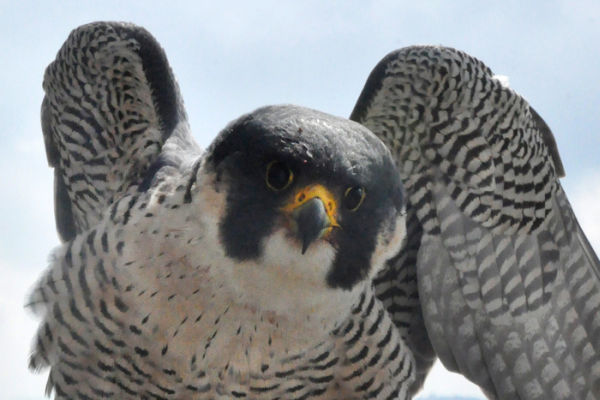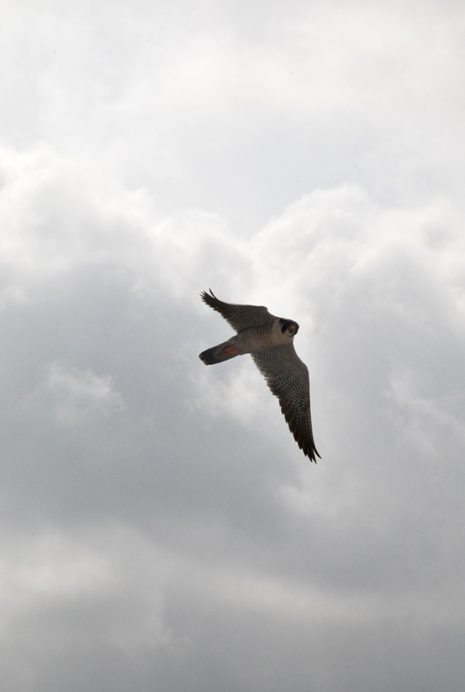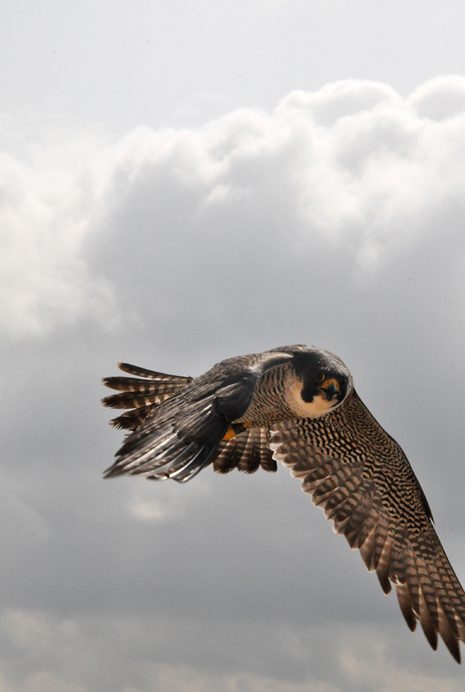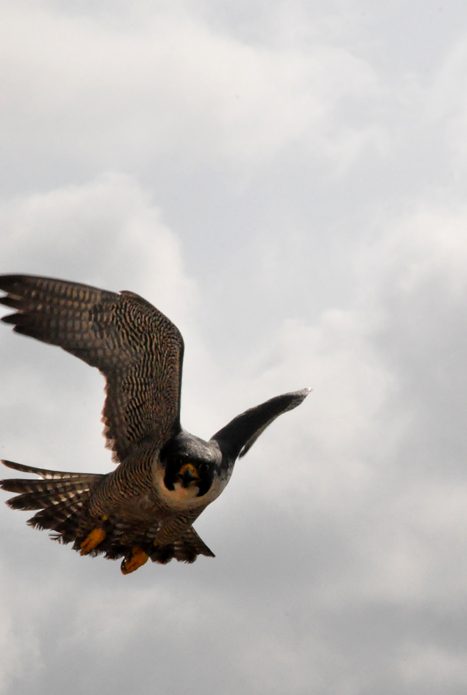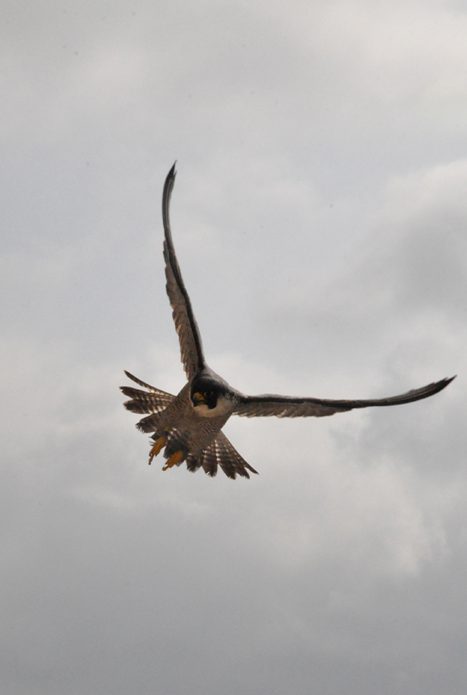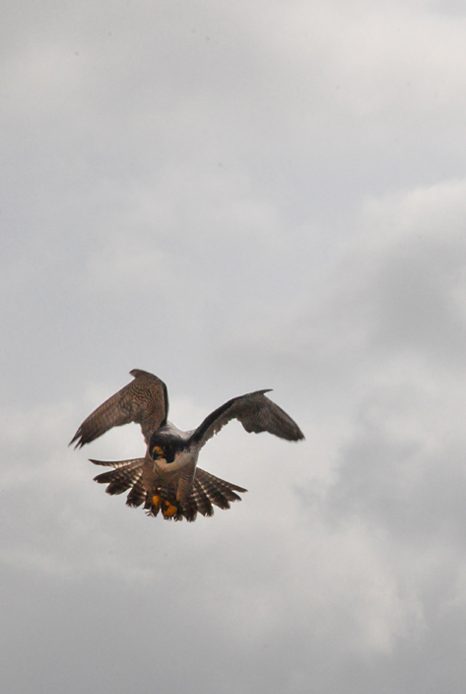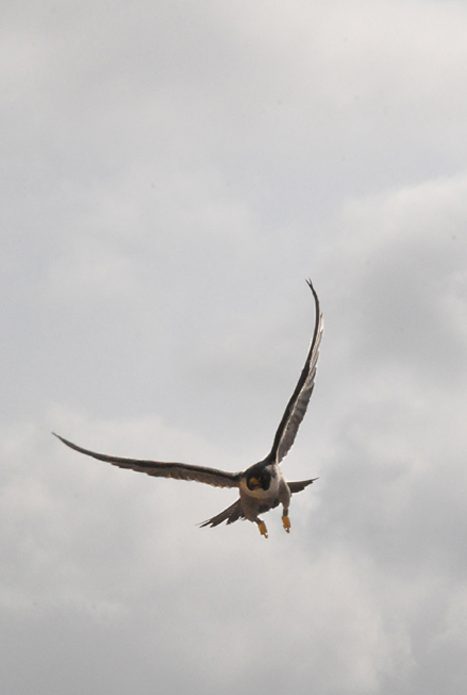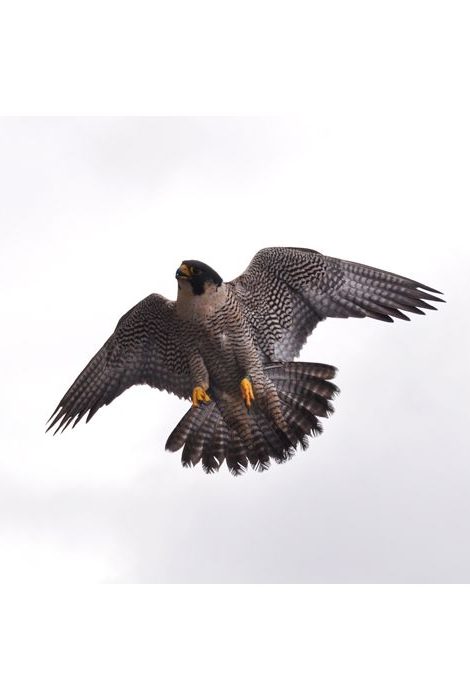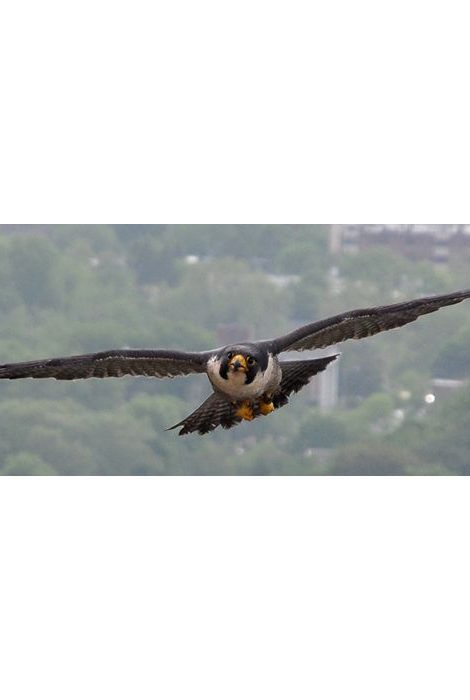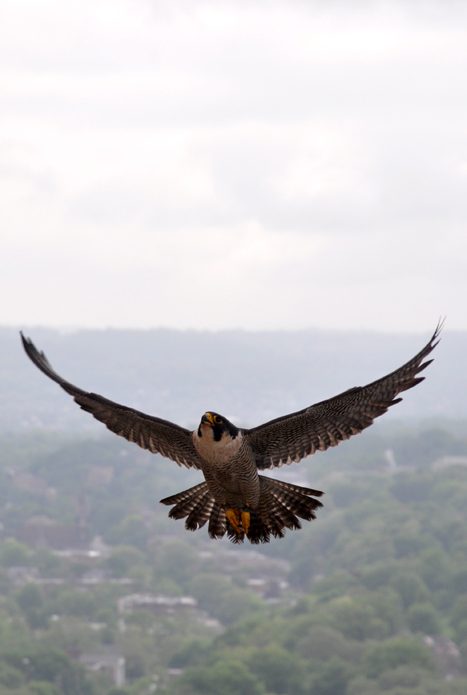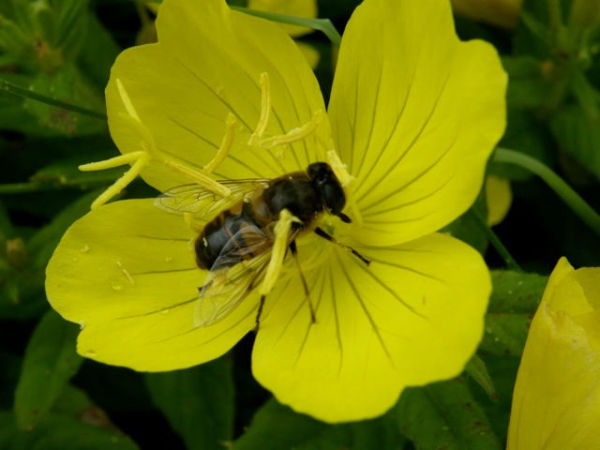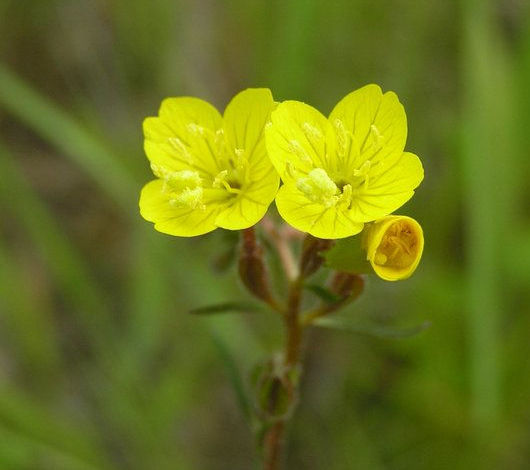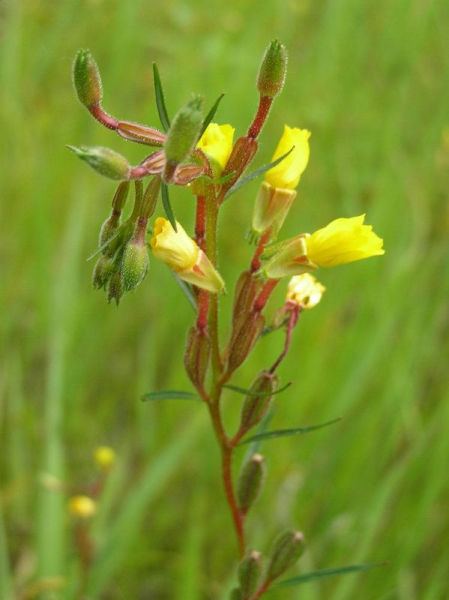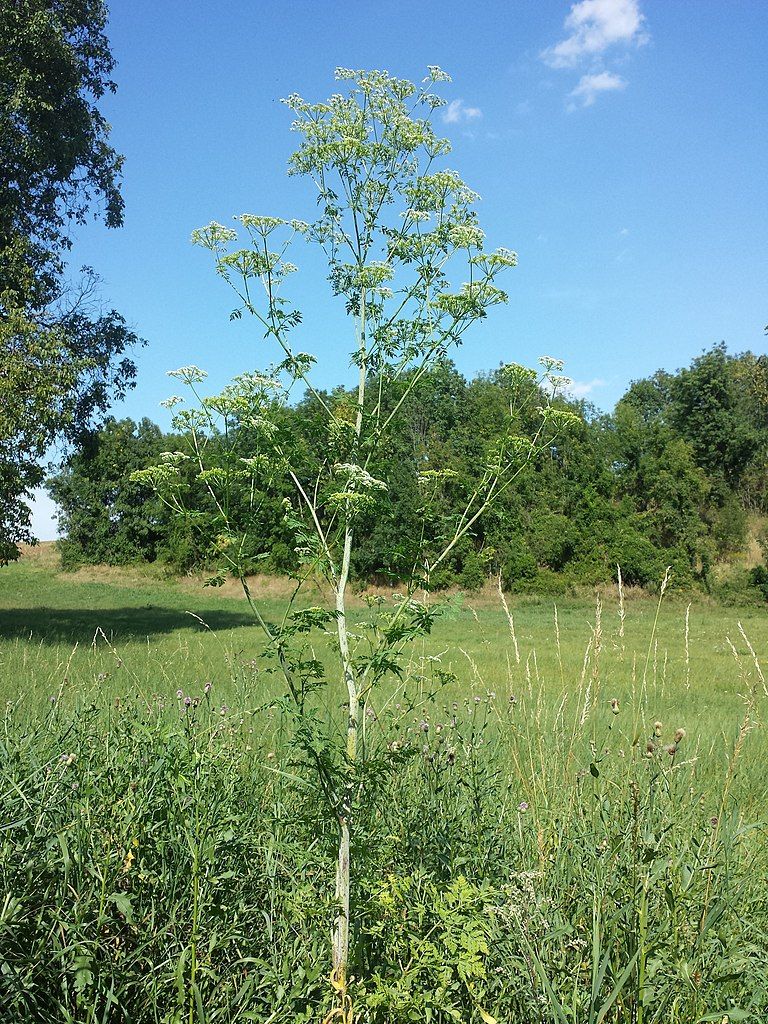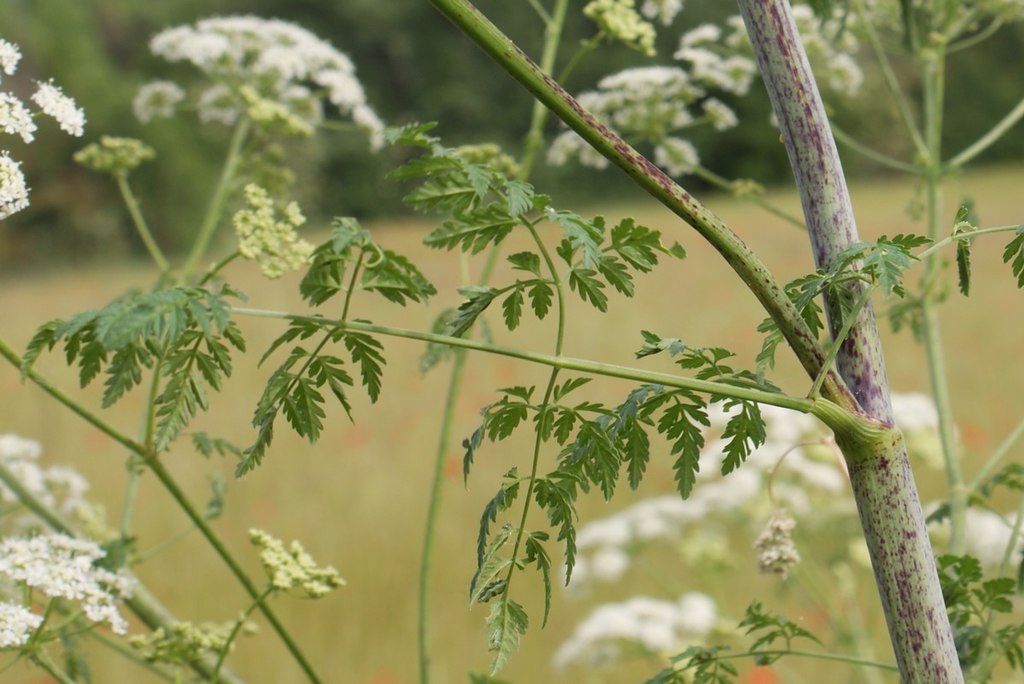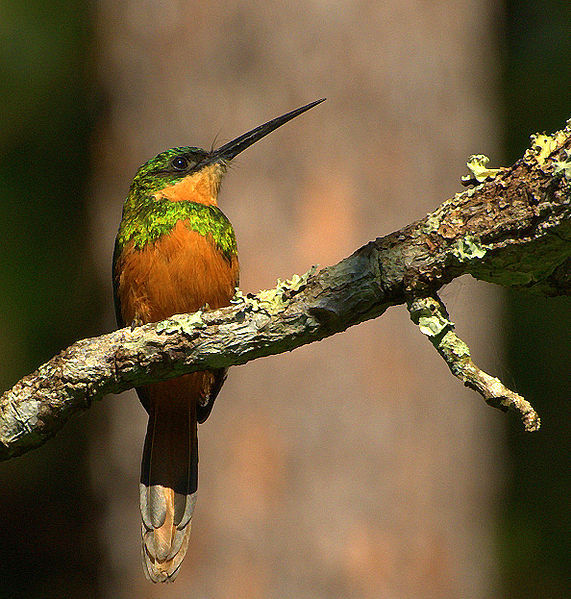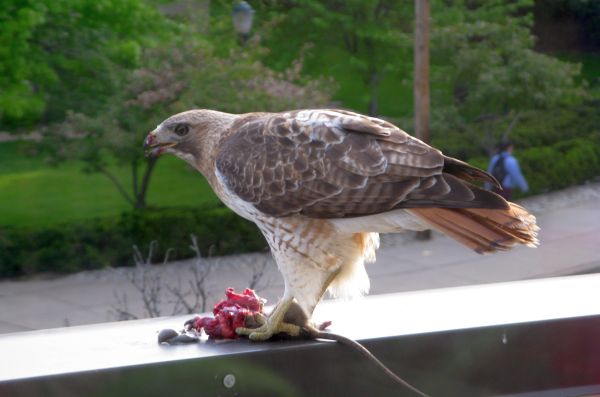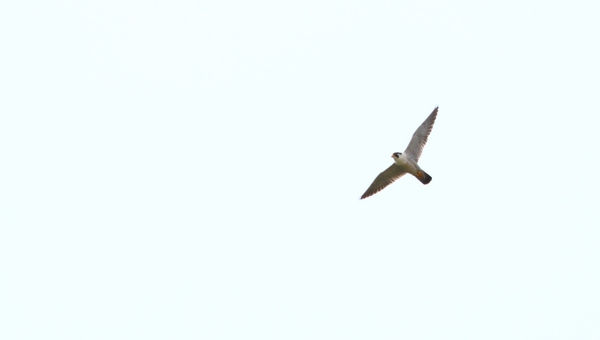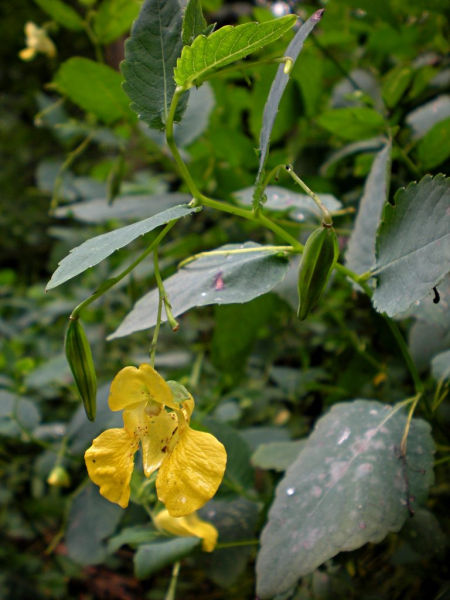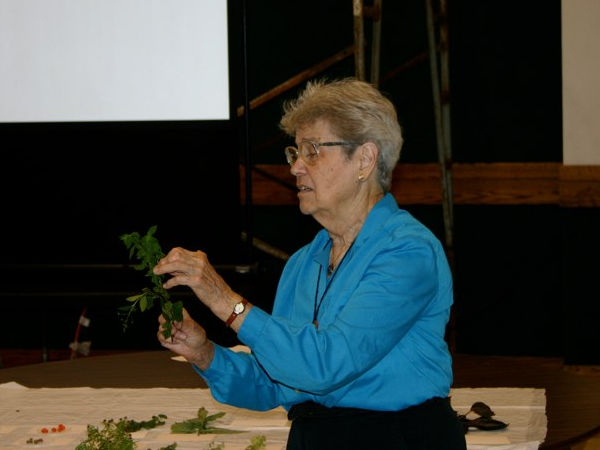
Yesterday afternoon, Esther Gatewood Allen, naturalist, teacher, gardener and photographer passed away after suffering a stroke on June 13.
She took with her 93 years of experience outdoors, her great love of nature, her irrepressible curiosity and enthusiasm for plants, and her generosity in passing along her knowledge to everyone.
Active to the last, Esther had a “Keep going, Don’t stop” attitude that inspired everyone who knew her. Perhaps she inherited it. She grew up on a farm in Gallia County, Ohio, one of 11 children of Emma Rowena Gatewood who in 1955 at age 67 became famous as Grandma Gatewood, the first woman to thru-hike the Appalachian Trail alone. By 1963 her mother had hiked the AT three times, the first person ever to do so.
Esther’s don’t-stop attitude gained her some fame including an interview with the Allegheny Front’s Justin Hopper and a chestnut tree planting on her 92nd birthday. And she kept hiking too, though her goal was nature not mileage. Here she is chatting with George Bercik on an outing last summer.
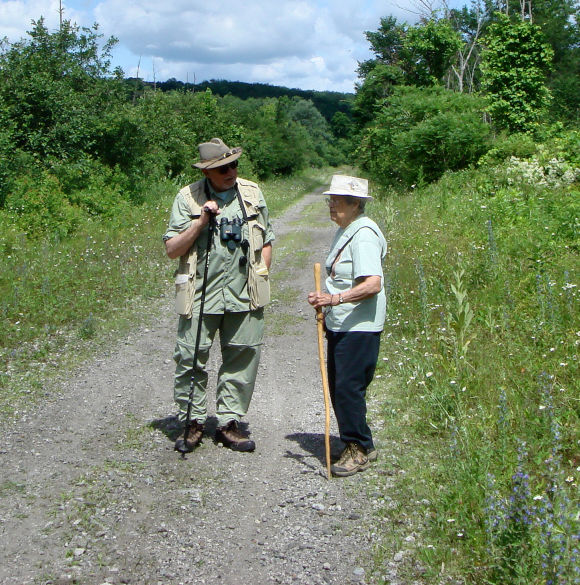
Esther loved to teach. I first met her in 1994 when I took her wildflower class at the Rachel Carson Institute. I continued to learn from her by joining the Wissahickon Nature Club which she helped found in 1942 and where she taught at every meeting through her exhibits (pictured at top).
Esther knew everything about native plants — everything! She was especially active in the Botanical Society of Western Pennsylvania whose members knew her better than I did. Her home garden, which she tended by “letting it go,” was a joy and treasure trove to her fellow botanists. If you needed to examine an unusual flower, chances are Esther could show it to you in her garden. And any time we were stumped by a plant on an outing the cry went out, “Ask Esther!”
In the days before digital photography Esther took beautiful photographs which she used as slides while teaching and contributed as illustrations for the Botanical Society’s Wildflowers of Pennsylvania. As in all things, Esther passed on this knowledge too. Her photographic legacy is on this blog in beautiful photos by Dianne Machesney.
Esther leaves behind not only her family but a host of men and women she inspired with her enthusiasm for nature in western Pennsylvania. We are Esther’s living, breathing legacy — people who love nature and want to pass it on.
I hope we can live up to her example.
We miss her already.
(Esther Allen teaching at a Wissahickon meeting, photo by Chuck Tague. Esther chatting with George Bercik on a Wissahickon outing, June 2010, photo by Monica Miller)
